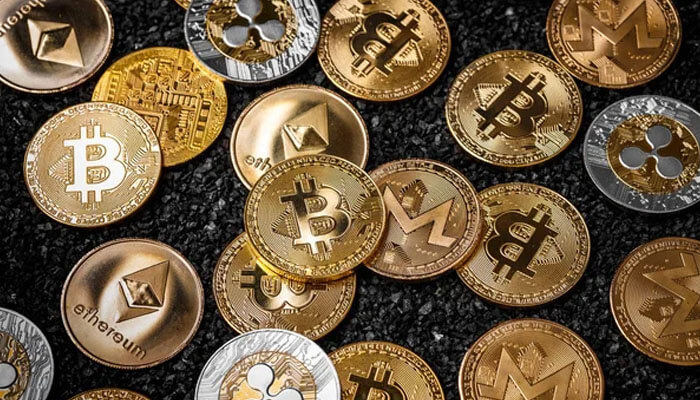The name stablecoin has been assigned to digital assets, the value of which is supported by the underlying asset. Such coins are much more stable compared to classical cryptocurrencies and are designed to minimize the impact of cryptocurrency market volatility. The most popular coins are backed by the US dollar, as it is the world’s reserve currency. Stablecoins serve as a link between fiat and digital currencies. Therefore, at least one of them is available on all cryptocurrency exchanges, and on large platforms, the conversion of stablecoins among themselves is supported, for example, USDT to BUSD.
Types of stablecoins
Stablecoins are classified according to different parameters. According to the control system, there are three types of coins:
● Centralized.
● Decentralized.
● Algorithmic.
The current classification of stablecoins by collateral looks different:
1. Fiat-backed assets These coins are backed by real money that is kept in the accounts of the issuing companies. The volume of collateral assets should ideally correspond to the number of tokens in circulation.
2. Backed by Cryptocurrencies
3. Backed by commodities, precious metals, etc.
4. Algorithmic stablecoins They do not have real collateral, and the stability of the exchange rate is adjusted automatically depending on the balance of supply and demand.
Each of the stable assets has its own characteristics and performs a particular function in the market.
Fiat-backed stablecoins are very popular among retail investors who invest in cryptocurrencies or engage in trading. They are used for profit-taking and accumulation—in general, about the same as collateral currency in the digital world.
Crypto-backed coins are more popular among venture investors, developers, and crypto enthusiasts. Retail investors use such coins quite rarely, mainly for the purpose of long-term investments.
Key differences from classical cryptocurrencies
The most noticeable feature inherent in stablecoins is low volatility. In fact, they were created as a tool for preserving value.
Another key feature of stablecoins is that they are not so noticeable to the average user. The issue of coins is theoretically unlimited. The issuing organization can issue as many coins as they want, while most cryptocurrencies have a limited supply.
Stablecoins are not particularly susceptible to artificial price increases and decreases (the notorious pump and dump scheme), and they are resistant to market crashes. Low volatility provides an opportunity to save value, but it is almost impossible to make a significant profit on exchange rate fluctuations.
Рros
Since assets are backed by real value, they are a fairly reliable investment tool. The sudden disappearance or depreciation of an asset is unlikely.
They are a universal means of storing value that can be used to fix profits and investments for any period, as well as in any type of trading on crypto exchanges of any type.
Stablecoins are open digital assets almost independent of central banks Convenient for making any payments.
They are available on all crypto exchanges and form trading pairs with almost all existing cryptocurrencies. Finding a platform where you can exchange HNT for BUSD is much easier than selling a coin for USD.
Minuses
As a rule, these are very centralized assets, as they are issued by specific organizations: funds, crypto exchanges, and private financial institutions. The decision to issue coins is made by the issuer and this is reflected in the exchange rate.
Any problems of the issuing company inevitably affect the reputation and exchange rate of the coin. For example, Tether was often accused of insufficient collateral quality.
The possibility of robbing the bank where the underlying asset is stored is not ruled out.
The number of stablecoins is increasing. If you plan to use them to store your savings, the diversification caveat still applies.



